Is a Sew-In Better Than a Wig?
When it comes to enhancing our natural hair or exploring different hairstyles, there are a plethora of options available. Two popular choices that many individuals consider are sew-in hair extensions and wigs. Sew-in hair involves the process of attaching hair extensions directly to your natural hair, while wigs are pre-made units that can be worn over your scalp. Both options have their merits, but which one is truly better? In this article, we will delve into the world of sew-in hair and wigs, comparing their pros and cons to help you make an informed decision about which option might be more suitable for you. By examining factors such as appearance, versatility, convenience, durability, comfort, and cost, we aim to provide a comprehensive analysis that will assist you in choosing the best hair enhancement solution for your needs.
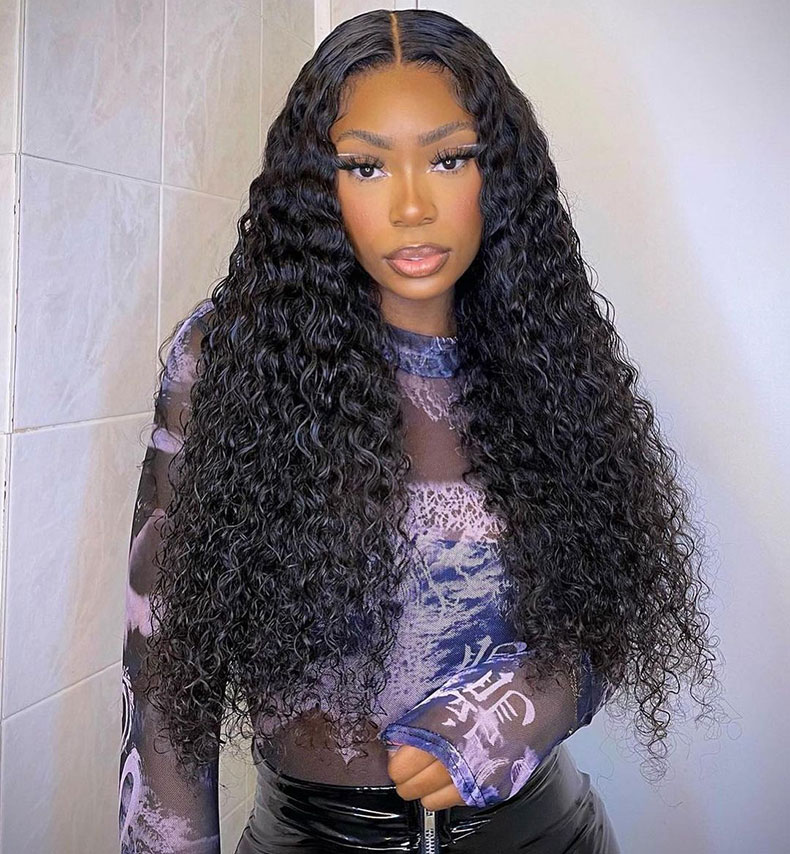
What is sew-in hair?
Sew-in hair extensions, also known as weave extensions, are a method of attaching additional hair to your natural hair using a needle and thread. The process involves braiding the natural hair and sewing the extensions onto the braids. The extensions are typically made of real human hair or synthetic hair.
The durability and longevity of sew-in hair extensions depend on various factors, including the quality of the extensions, the skill of the stylist, and the maintenance routine. High-quality human hair extensions have better longevity and can last for several months with proper care. With proper installation and maintenance, sew-in hair extensions can provide long-lasting results and give you the freedom to experiment with different hairstyles while protecting your natural hair.

Pros and cons of sew-in hair
Pros of sew-in hair:
- Natural Look: Sew-in hair extensions can provide a natural appearance when properly installed and blended with your natural hair. The extensions are attached close to the scalp, creating a seamless integration and enhancing the overall thickness and length of your hair.
- Versatility: Sew-in hair extensions offer a wide range of styling options. You can experiment with different hairstyles, including braids, updos, curls, and straight looks. The extensions can also be colored, cut, and treated like your own hair, providing versatility in achieving your desired look.
- Minimal Maintenance: Compared to some other hair extension methods, sew-in hair requires relatively low maintenance. Once properly installed, you can wash and style the extensions like your natural hair. The extensions are securely attached, reducing the need for frequent adjustments or reinstallation.
Cons of Sew-In Hair:
- Professional Installation Required: Sew-in hair extensions should ideally be installed by a professional stylist with experience in the technique. Improper installation can lead to discomfort, visible tracks, or damage to your natural hair. Professional installation ensures a secure attachment and a more natural-looking result.
- Potential Damage to Natural Hair: If sew-in hair extensions are not installed or maintained properly, they can cause damage to your natural hair. The weight of the extensions, tight braiding, or excessive tension can lead to hair breakage, thinning, or traction alopecia. It's crucial to follow proper care instructions and ensure the extensions are not causing unnecessary stress on your hair.
- Discomfort during Installation: The process of installing sew-in hair extensions involves braiding and sewing, which can be time-consuming and uncomfortable for some individuals. The tightness of the braids and the weight of the extensions may cause scalp soreness or tension. It's important to communicate with your stylist about your comfort level during the installation process.
It's worth noting that many of the potential downsides of sew-in hair can be mitigated with proper installation, maintenance, and consulting with a professional stylist. Understanding the pros and cons will help you make an informed decision about whether sew-in hair extensions are the right choice for you.
What are wigs?
Wigs are hairpieces or head coverings that are worn over the scalp to simulate natural hair. They are typically made of either human hair or synthetic fibers, providing individuals with the ability to instantly change their hairstyle, color, or length without altering their natural hair.
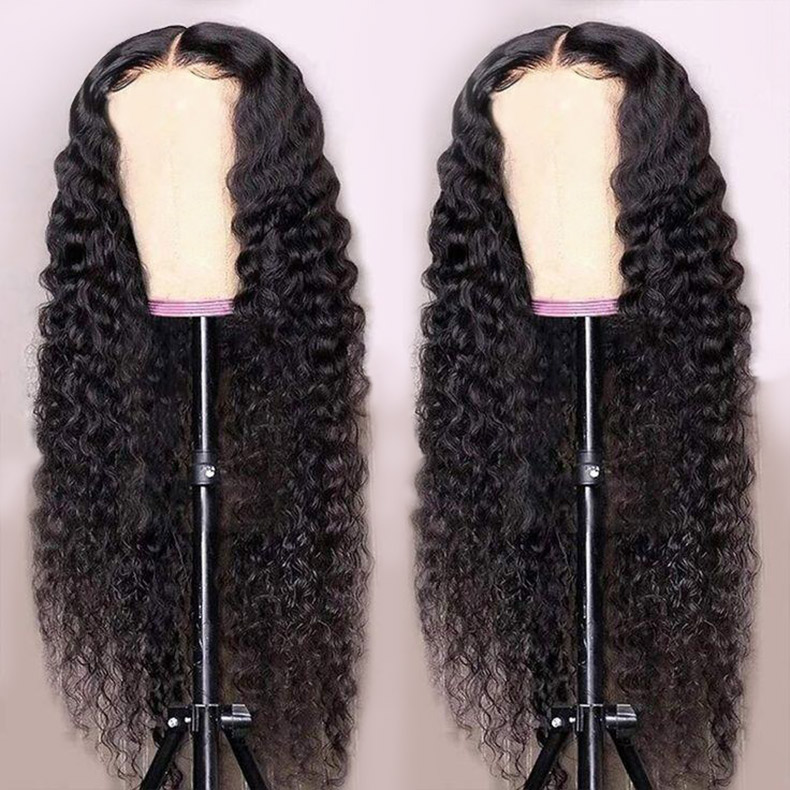
Types of Wigs:
- Lace Front Wigs: Lace front wigs have a lace-like material along the hairline, which ensures a natural-looking hairline. The rest of the wig cap is constructed using a different material such as a breathable fabric. Lace front wigs offer versatility in styling and provide a realistic hairline.
- Full Lace Wigs: Full lace wigs are constructed entirely with a lace cap, offering a more natural and versatile option. With full lace wigs, the hair can be styled in any direction, allowing for updos and parting the hair in different ways.
- 360 Lace Wigs: 360 lace wigs feature a lace cap that covers the entire perimeter of the head, including the back, allowing for a natural-looking hairline all around the head. They provide more styling versatility as the hair can be pulled up into a high ponytail or styled in any direction.
- Headband Wigs: Headband wigs are wigs that come with an attached headband, making them easy to wear and go. The wig cap is typically made of a breathable material, and the attached headband covers the wig's front, blending seamlessly with your natural hairline.
- Wear and Go Wigs: Wear and go wigs, as the name suggests, are ready-to-wear wigs that require minimal styling. These wigs are pre-styled and can be installed within seconds without using any glue or tape, making them convenient for those who prefer a hassle-free option.
- V-Part Wigs: V-part wigs feature a V-shaped opening on the wig cap, allowing the wearer to leave out a small portion of natural hair.
- U-Part Wigs: U-part wigs are designed with a U-shaped opening on the top of the wig cap, allowing you to leave out a small section of your natural hair to blend with the wig. This provides a more natural look and allows for seamless integration between the wig and your own hair.
- Synthetic Wigs: Synthetic wigs are made from artificial fibers that mimic the appearance of natural hair. These wigs come pre-styled and are typically more affordable than human hair wigs. But they may have limitations in terms of heat styling and longevity.
- Human Hair Wigs: Human hair wigs are made from real human hair, providing the most natural and realistic look. These wigs can be styled, dyed, and treated just like your own hair. Human hair wigs offer longevity and durability but tend to be more expensive than synthetic wigs.
Pros and cons of wigs
Pros of wigs:
- Versatility in styling: Wigs allow you to easily switch between different hairstyles, colors, and lengths without damaging your natural hair.
- Quick and easy application: Wearing a wig is a simple and time-saving process, making it convenient for busy individuals.
- Protection for natural hair: Wearing wigs can shield your natural hair from heat styling and other potential damage, promoting hair health.
Cons of Wigs:
- Potential discomfort: Some individuals may experience discomfort or tightness when wearing wigs, requiring adjustments for a better fit.
- Limited breathability: Certain wig materials may restrict airflow, causing sweating and discomfort in hot environments.
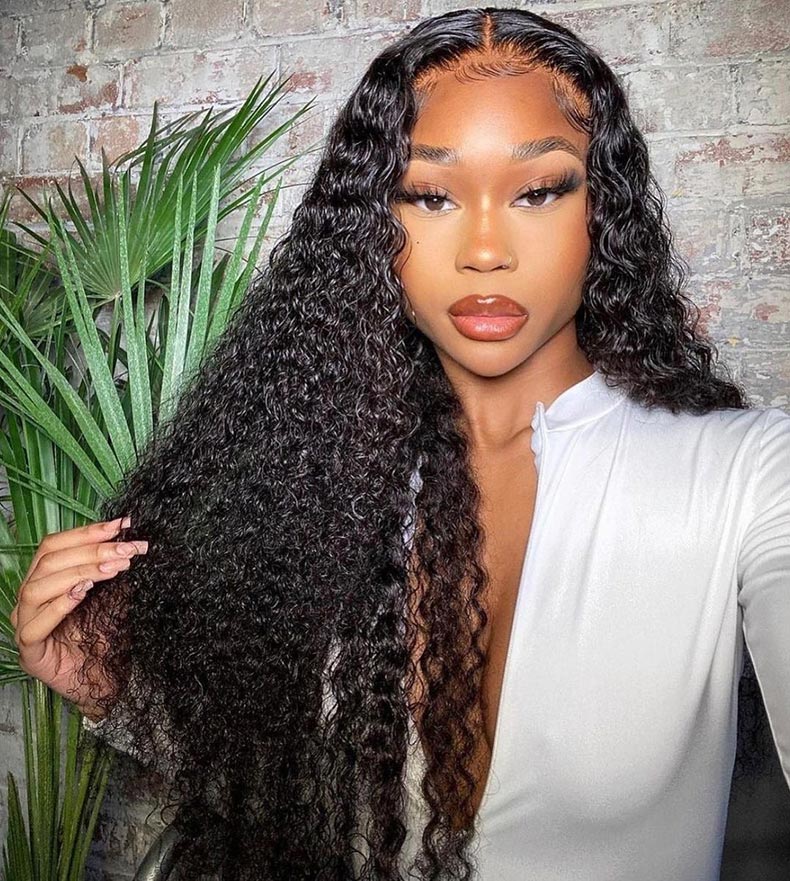
Wig vs. sew-in, which is better?
When deciding between wearing a wig or getting a sew-in hair extension, there are several factors to consider. Each option has its own advantages and drawbacks, and the choice ultimately depends on individual needs, preferences, and lifestyles. Let's compare the two based on various factors:
- Natural Appearance: Both wigs and sew-in hair extensions can provide a natural appearance when properly installed or worn. However, high-quality wigs, particularly lace front and full lace wigs, can also create a natural-looking hairline and offer a more realistic appearance.
- Ease of Use: Wigs are generally easier to use and require less time for application. They can be put on and taken off quickly, allowing for convenience and flexibility. Sew-in hair extensions, however, involve a more intricate installation process that requires professional expertise and time commitment.
- Durability: Sew-in hair extensions can stay on your head for a few weeks or even months with proper maintenance. Wigs, on the other hand, are recommended to be removed every night before you head to bed, making sew-in hair extensions more suitable for long-term wear.
- Security: Since sew-in hair extensions are firmly sewn into your braided natural hair, they offer premium security over wigs. With a sew-in, you'll never need to worry about facing the embarrassment of the hairpiece slipping off.
- Cost: The cost of wigs and sew-in hair extensions can vary significantly. Wigs, particularly high-quality human hair wigs, tend to be more expensive upfront. However, they can be a cost-effective option in the long run as they have a longer lifespan and require less maintenance. Sew-in hair extensions may have a lower initial cost but may incur additional costs for professional installation and maintenance over time.
- Comfort: Comfort levels may vary depending on personal preference and individual experiences. Wigs can sometimes feel more breathable and lightweight, allowing for better airflow to the scalp. However, the comfort of sew-in hair extensions depends on factors such as the tightness of the braids, the weight of the extensions, and individual sensitivity to added hair.
It's important to note that the preference for wigs or sew-in hair extensions is subjective and depends on your needs and preferences. Some may prioritize versatility and quick changes offered by wigs, while others may prefer the more permanent sew-in hair extensions. Considering the above-mentioned factors will help in making an informed decision based on personal preferences and lifestyle.
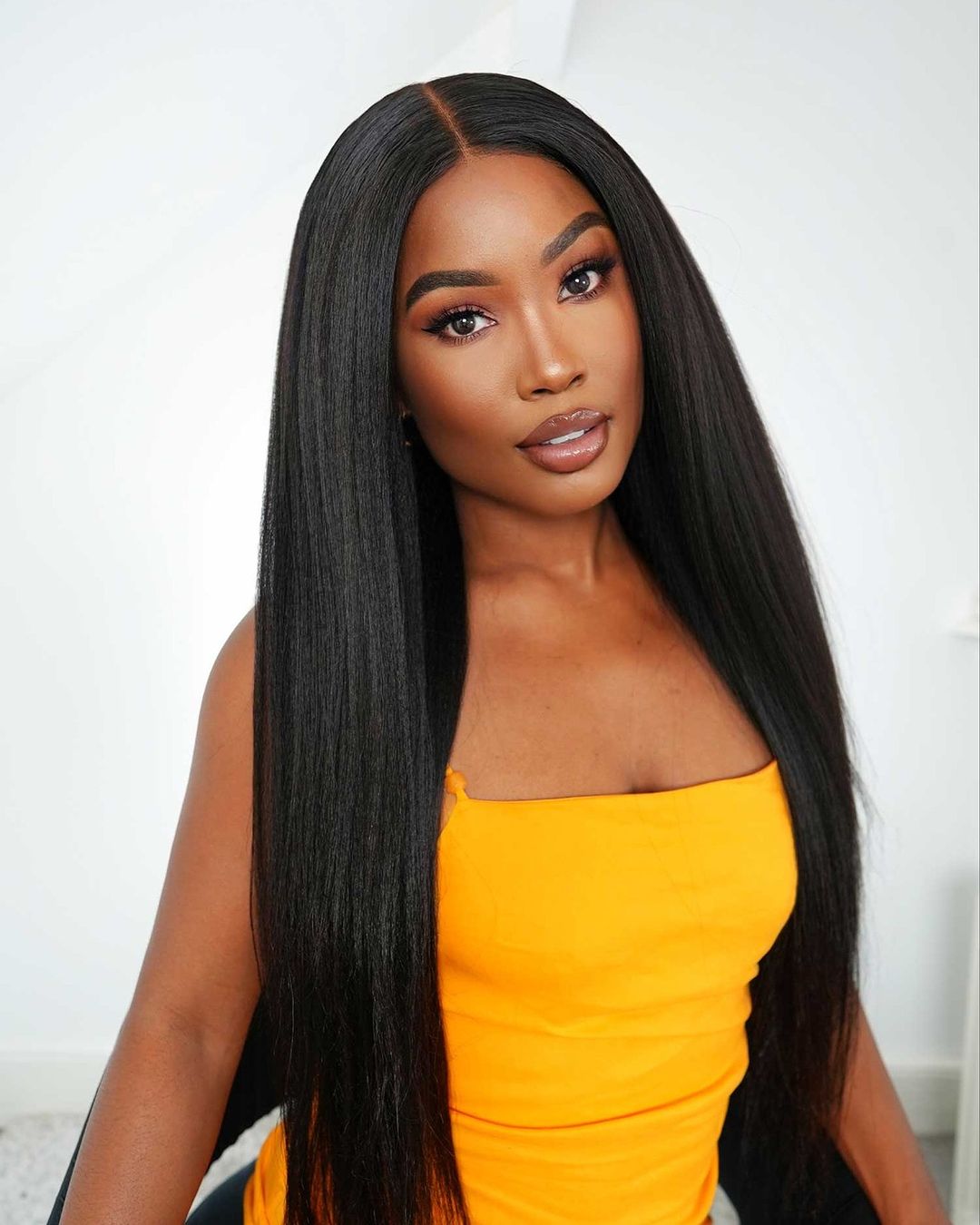
Conclusion:
In conclusion, the choice between sew-in hair and wigs depends on personal preferences, lifestyle, and desired outcomes. Sew-in hair extensions provide a natural look and long-lasting results, while wigs offer convenience and styling versatility.
To make the best decision, try different options, consult professionals, and consider factors like comfort and maintenance. Whatever you choose, embrace the creativity and transformative power it brings to your style.
If you're looking for high-quality human hair weaves and wigs, consider browsing the selection at Ula Hair. Ula Hair offers a range of options to suit your needs and preferences. Explore their collection to find the perfect fit for your desired look.
Embrace the possibilities and enjoy discovering the best choice for your unique style and beauty.
 40%
40%
OFF Sale-
$87.97
$146.91(1097) (1035)
 40%
40%
OFF Sale-
$65.72
$109.75(1468) (902)
 50%
50%
OFF Sale-
$59.60
$119.20(2073) (1348)
 50%
50%
OFF Sale-
$59.60
$119.20(1744) (2715)
 Sale
Sale-
$259.71
$259.71(2548) (1287)
 50%
50%
OFF Sale-
$62.60
$125.20(2646) (2018)
 50%
50%
OFF Sale-
$62.60
$125.20(2879) (1368)
 Sale
Sale-
$276.37
$276.37(2558) (1287)
Related Posts:
22 Gorgeous Sew-In Hairstyles You Shouldn't Miss In 2023
Things to know about sew-in hair extensions

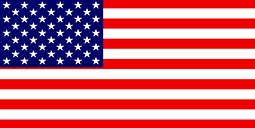 USD
USD EUR
EUR GBP
GBP CAD
CAD




















